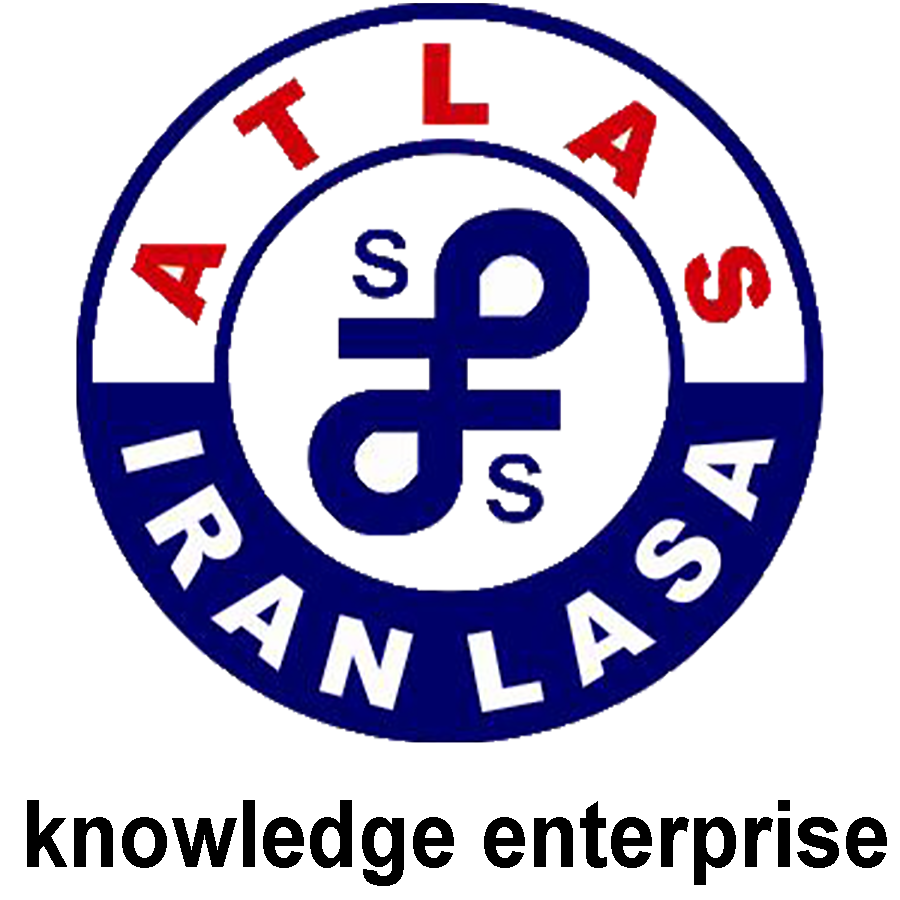Due to the various properties of PVC formulations, this polymer is one of the most widely used commercial thermoplastics, which has different grades of PVC. PVC has many uses, but about 75% of the uses of this polymer are related to pipes and construction parts. So that in recent years, PVC has become a fierce competition with other construction materials such as steel, aluminum and wood.
The remaining 10 percent are mass resins, emulsions, solutions and special PVC resins. Of these, the special grades of PVC are placed in four general categories.
Special suspension and mass resins, including resins with high molecular weight, resins with high absorbency of softener, matte resins and special emulsion resins.
Dispersion and mixing resin
Powder process resins
Copolymer resins, including vinyl chloride and vinyl acetate copolymers, soluble copolymers and elastomeric resins.
Special suspension and mass resins
High molecular weight resins
High molecular weight resins with a K parameter higher than 80 are prepared at polymerization temperatures below 40 degrees Celsius. Of course, in this situation, the system needs a longer polymerization reaction time and relatively large amounts of initiator.
Resins with high capacity to absorb softener
One of the most important features of PVC resins with high absorbency, which are used in applications such as insulation coating of wires and electric cables, some interior parts of cars and relatively soft shoe soles, is high porosity.
Opaque resins
Products made from flexible and hard PVC formulations usually have a smooth, beautiful and shiny appearance. But in some applications of PVC, such as insulation coating of wires and electric cables, and building facade sheets, the surface of matte products is more desirable. In some applications of plastic cells, the uneven surface increases the adhesion of plastic cells to the corresponding surface and thus improves safety and efficiency.
Special emulsion resins
The special emulsion resin is different from the dispersion resins that are used as plasticell and organocell by the emulsion polymerized method. So that the particles of special emulsion resins are much larger and rougher and form weak clusters that are easily broken by cutting and turn into primary particles.
Dispersion and mixing resins PVC grades
Among other grades of PVC, we can say dispersion and mixing resins, which make up the highest percentage of special PVC resins, and are used to produce products such as chair and furniture covers, types of flooring and molded parts. However, only 6% of all PVC products are produced from this type of resin.
When the mixed resin is to be used together with the dispersion resin, the size of the particles and their morphology are determined according to the compaction fraction and proper porosity. This helps to reduce the viscosity at different shear speeds, and as a result, facilitates the release of air from the mixture during mixing.
Copolymer resins
PVC is one of the most widely used thermoplastics, more than 90% of which are suspension homopolymers for general use. About 70-75% of commonly used PVC resins are used for the production of hard products and 20-25% for the production of flexible products.












بدون دیدگاه